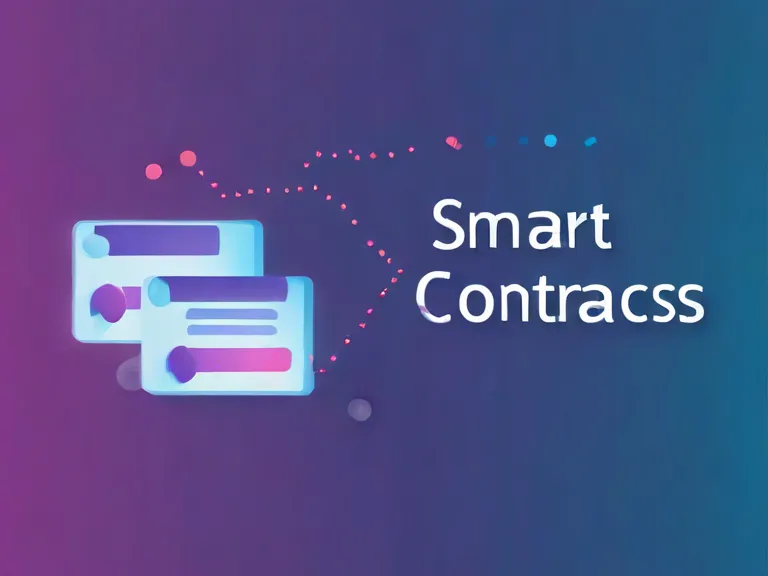
How to Use AI for Predictive Analytics in Your Personal Projects
Are you looking to take your personal projects to the next level with AI-powered predictive analytics? By leveraging the power of artificial intelligence, you can make accurate predictions about future outcomes based on historical data. In this article, we will explore how to incorporate AI into your personal projects for predictive analytics.
1. Define Your Objective:
Before getting started, clearly define the objective of your project. What specific outcome are you trying to predict? Understanding your goal will help guide the AI model building process.
2. Collect Data:
Gather relevant data that will be used to train your AI model. This data should include historical information that is related to the outcome you are trying to predict. Clean and prepare the data for analysis.
3. Choose the Right AI Model:
Select an AI model that is suited for predictive analytics. Popular choices include linear regression, decision trees, and neural networks. Consider the complexity of your data and choose a model that aligns with your project goals.
4. Train and Test the Model:
Split your data into training and testing sets. Train your AI model on the training data and test its accuracy on the testing data. Fine-tune the model as needed to improve its predictive capabilities.
5. Make Predictions:
Once your AI model is trained and validated, you can use it to make predictions on new data. Analyze the results to gain insights into future outcomes and make informed decisions based on the predictions.
By following these steps, you can successfully implement AI for predictive analytics in your personal projects. Harness the power of artificial intelligence to unlock valuable insights and drive better outcomes.



